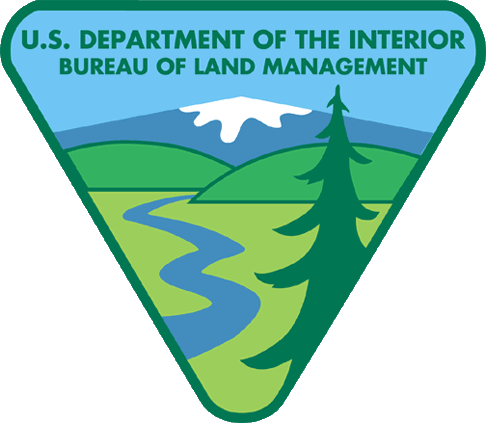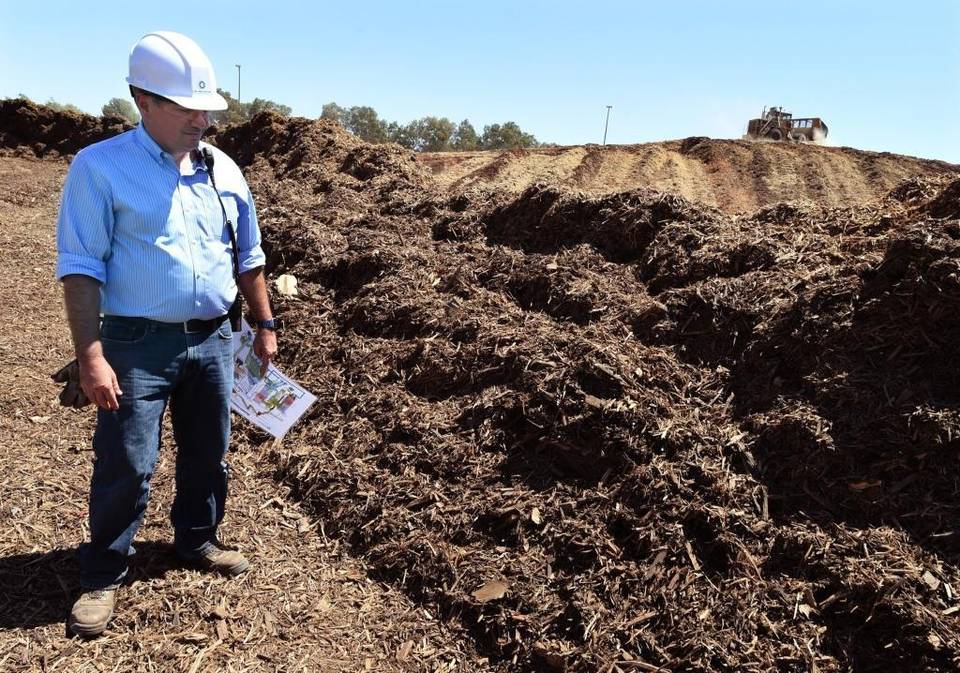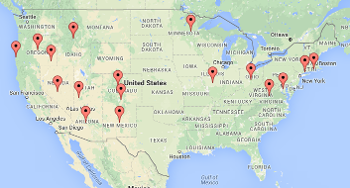
Aug 15, 2016
Faced with thousands of acres of dead trees that have contributed to devastating wildfires in the Sierras, the Bureau of Land Management has formed a team to determine how to manage the dead trees to minimize wildfire risk and protect the public. The Mother Lode Field Office is facing one of the largest tree mortality events in recent history. Approximately one third of its land, nearly 60,000 acres, has been affected with conifer mortality.

Aug 15, 2016
Cutting down dead trees may not reduce wildfire risk. It may seem logical that all these dead trees would fuel massive conflagrations. Scientists, however, say climate, not dead trees, drives fire risk. That leaves California poised to log millions of standing dead trees without addressing a central -question: Are they actually a fire hazard?

Jul 21, 2016
Trees are dying in the Sierra at modern-day unprecedented rates, posing elevated fire danger and creating health, water and air quality concerns, but a possible solution to rid the forest of dead and dying trees is getting short shrift, officials say. California’s biomass industry is set up regionally to turn agricultural waste into electricity while eliminating open burning. But many local biomass plants have closed or are closing soon because it costs less to produce electricity with solar and wind, which get subsidies that are not available to biomass.

Jul 3, 2016
900 sheep, goats ate plants near Fair Oaks Bridge this week. Since 2014, animals have played fire prevention role in Sacramento County. Roseville has a website allowing people to track its livestock fire prevention activities.

Apr 8, 2016
USGS economists evaluated 21 Department of the Interior restoration projects and found that for each dollar invested in ecosystem restoration, there was a two- to three-fold return in economic activity that rippled through local, regional and national economies. Case study projects include restoration activities associated with Natural Resource Damage Assessment sites and Bureau of Land Management sagebrush and sage-grouse habitat restoration, fuels reduction and post-fire restoration projects.





